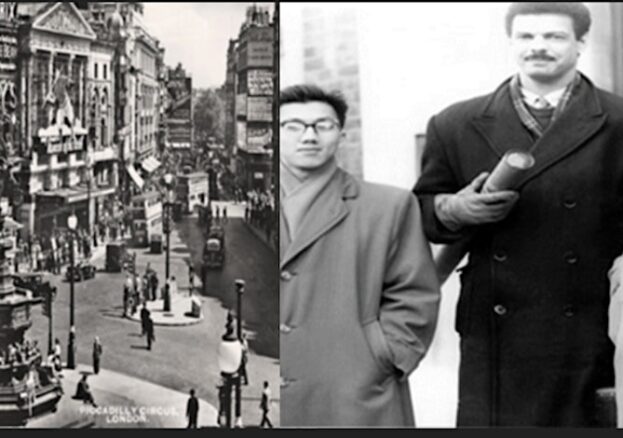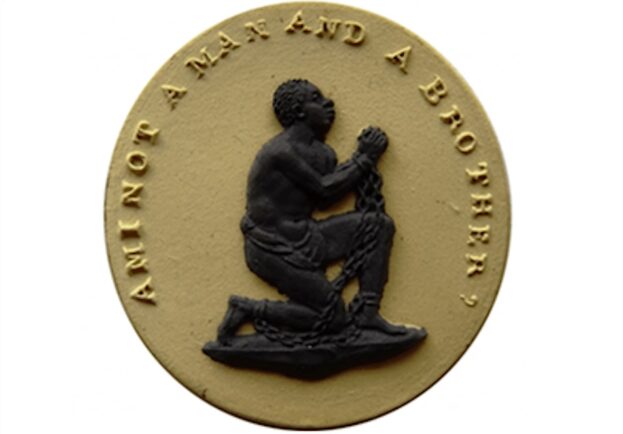
There is evidence of the African presence in London, England, from Roman times to the present day. We will walk along some of the most famous streets in the capital.
This Trail has come about as a result the extensive research conducted by the University College London (https://www.ucl.ac.uk/lbs/) on the Legacies of Slave-Ownership. This added to my obsession with discovering more about the substantial Black history that literally ran throughout the streets of London.
Commencing promptly at 10.00 hours from the iconic ‘Eros Statue‘(officially known as the Shaftesbury Memorial Fountain) in Piccadilly Circus and concluding at Parliament Square, you will be introduced to (50) places of interest such as:
The location where from 1862 to 1904 the Christy Minstrels entertained Londoners in Blackface. Blackface originated in the United States after the Civil War as white performers played characters that demeaned and dehumanised African Americans. Using shoe polish, greasepaint or burnt cork and paint-on enlarged (white) lips and other exaggerated features, this practice is steeped in racism.
The burial place of the cartoonist, John Arbothnot, famous for his fictitious character, John Bull who compares a ball of cotton with the hair of a kneeling Negro and declares: “Well, yes! it is certain that Cotton is more useful to me than Wool!!” The condition is excellent.”
The location where between 1782 and 1807 Thomas Leyland, along with his partner, Richard Bullin, ran a successful bank (now HSBC). They were responsible for transporting more than 25,000 Africans into slavery. Leyland was one of the wealthiest people in the town whose fortune at the time of his death was more than £736,000.
The meeting place of famous abolitionists such as Joshua Wedgewood. His Wedgwood medallion was the most famous image of a black person in all of 18th-century art. The cameo medallions were given to anyone that joined their effort to abolish slavery.
The home of Robert Blake, a partner in the London based Merchant Trading company, Bell and Grant. MERCHANT INVESTORS, such as Robert Blake, support the slave trade and slavery by a host of other activities which were crucial to the development of the British economy in the late 18th and early 19th century. Merchants provided the credit lines for both traders and plantation owners; the metal industries produced guns, fetters, bolts, nails, and all manner of iron work necessary for the plantation economy.
The headquarters of the Commonwealth Foundation where from 1985-1990 the Secretary-General, Sir Shridath Ramphal was pivotal in the struggle to end apartheid in South Africa, playing a part in Nelson Mandela’s release from prison in February 1990.
A series of ‘Gentleman’s Clubs’ where one had as Its official symbol a mace that had been carved to resemble the head of an African man, his jaws gnawing at a human thighbone. One of it’s founders, Dr. James Hunt, maintained that ‘The Africans were a separate species, closer to apes than Europeans’.
The home of Peter Miller Watson (1805-1869) who collected £93,588 in Slave Compensation for 16 Enslaved Africans. His illegitimate son, Andrew Watson (1856 –1921) is widely considered to be the world’s first black person to play association football at international level.

Date and time: Sat, 10 Jun 2023 10:00 – 13:00 BST
Book Ticket here
Location: Piccadilly Circus (Eros) Piccadilly Circus London W1B
